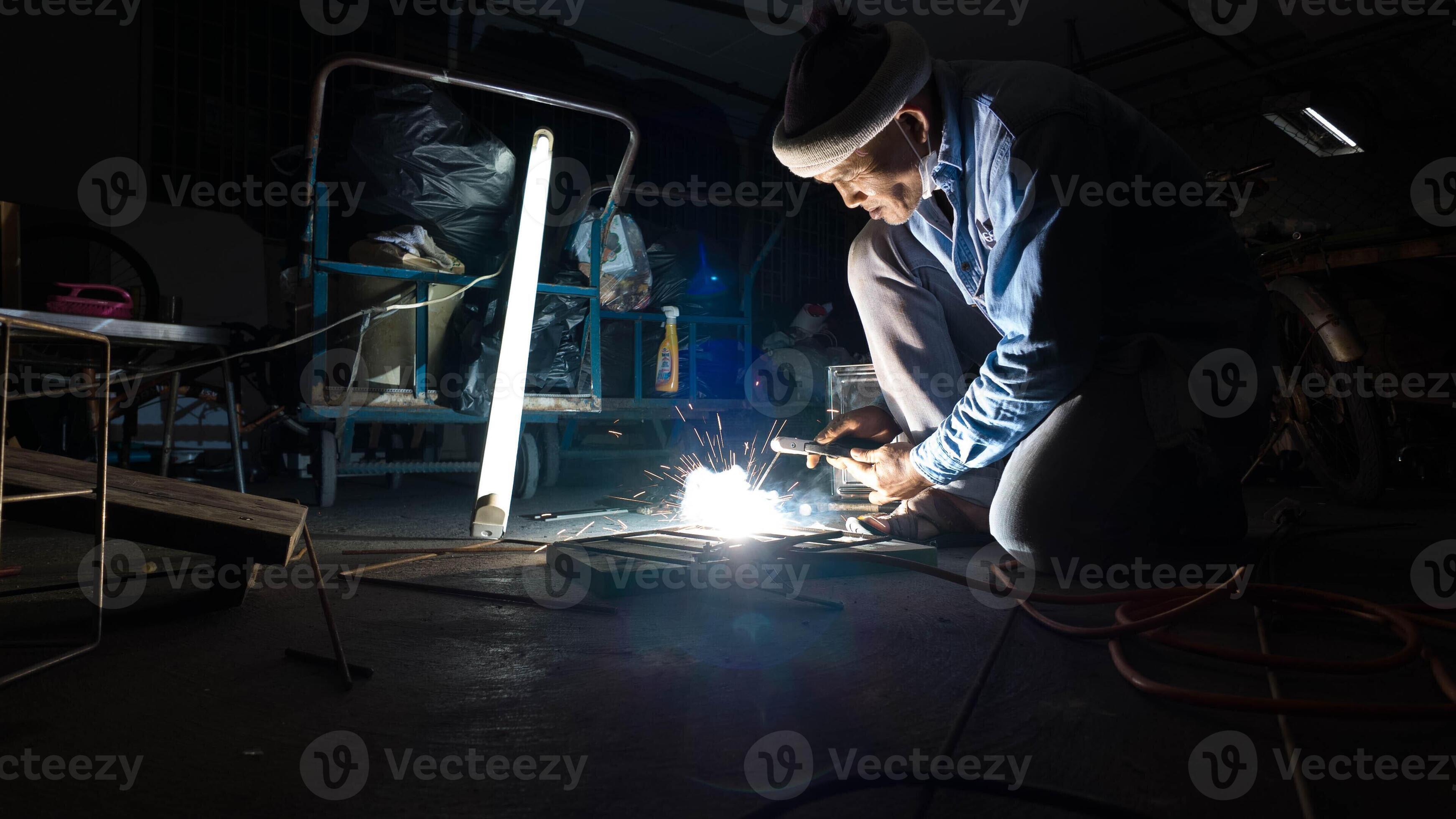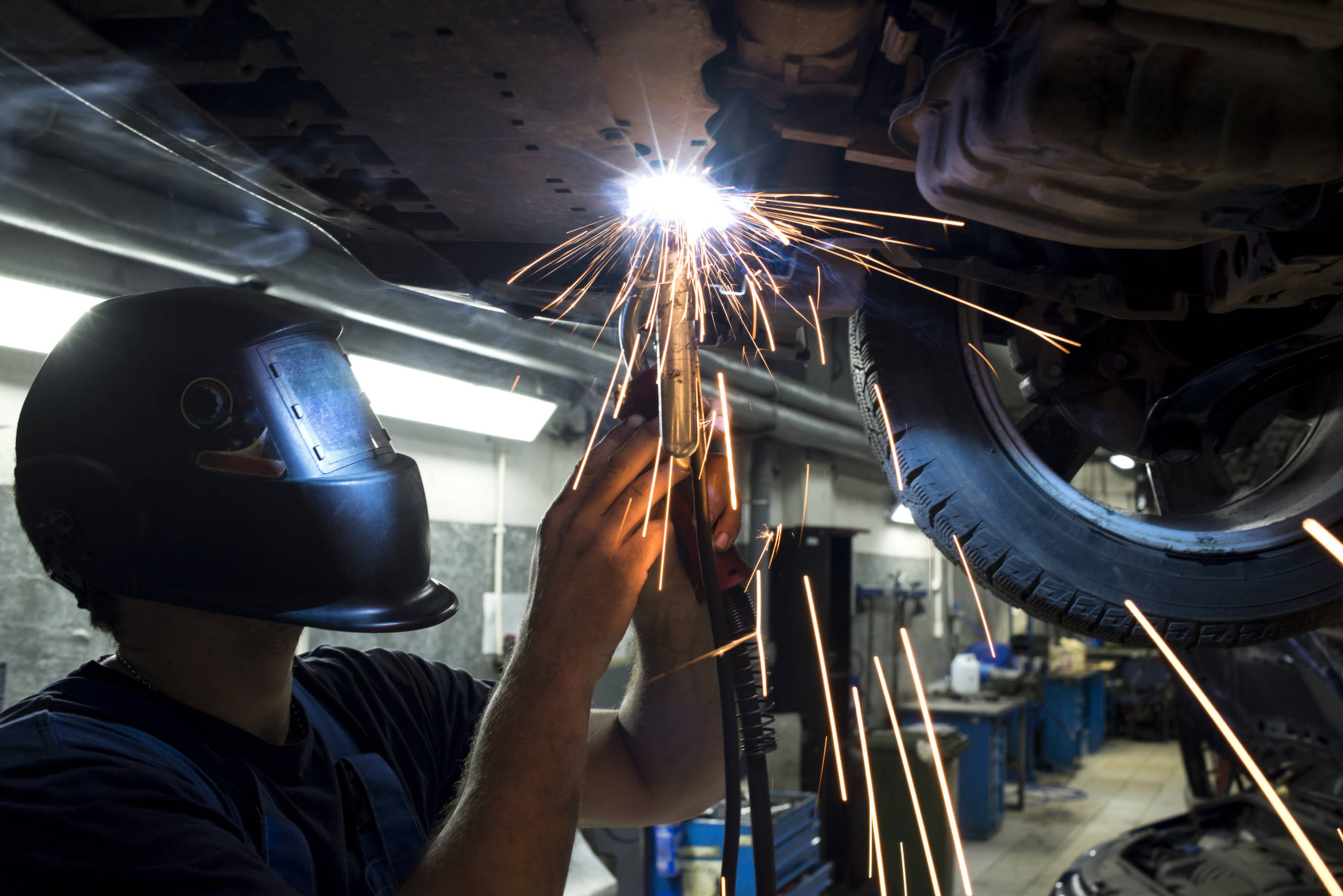Common Welding Repair Service Issues and How to Address Them Successfully
Welding fixings frequently encounter a series of concerns that can endanger the honesty of the final item. Common problems include inadequate penetration, porosity, and misalignment, to name a few. Each problem presents special obstacles that call for details approaches for resolution. Comprehending these problems is essential for welders aiming to enhance their abilities and end results. This conversation will explore these common welding repair concerns and efficient approaches to resolve them.
Insufficient Penetration
Insufficient penetration happens when the weld steel stops working to totally fuse with the base product, leading to weak joints and possible structural failures. This problem frequently originates from not enough warm input, inaccurate electrode angle, or improper welding rate. Welders might come across poor penetration as a result of a miscalculation of the essential criteria for a details material density or type. In addition, contamination on the base product's surface area can impede efficient bonding, intensifying the trouble. To resolve insufficient infiltration, welders must ensure appropriate setups on their equipment and keep a clean job surface. Normal evaluation of welds is recommended to determine any type of shortages early, permitting for timely improvements and the prevention of endangered structural integrity in welded settings up.
Porosity
Porosity is a common flaw in welded joints that manifests as tiny gas bubbles trapped within the weld steel. This defect can jeopardize the integrity of the weld, causing decreased stamina and prospective failing under tension. Montana Mobile Welding and Repair Belgrade Fabrication. Porosity normally arises from contamination, moisture, or incorrect welding methods, which permit gases to run away right into the liquified weld swimming pool. To attend to porosity, welders should assure proper surface prep work, keep a tidy working atmosphere, and make use of ideal welding parameters. Furthermore, choosing the right filler material and shielding gas can alleviate gas entrapment. Normal inspection and screening of welds can help determine porosity early, ensuring timely restorative activities are taken, consequently protecting the high quality and dependability of the welded structure
Misalignment
Misalignment in welding can arise from different elements, including improper setup and thermal expansion. Recognizing the source is crucial for reliable resolution. A number of modification strategies are readily available to realign components and assure structural integrity.
Reasons of Imbalance
Welding misalignment often originates from a variety of underlying concerns that can endanger architectural integrity. One main reason is incorrect fit-up of parts before welding, which can cause spaces and irregular surface areas. Variations in thermal growth throughout the welding procedure can likewise result in distortion, specifically if the materials being signed up with have various coefficients of expansion. Additionally, poor clamping and fixturing might stop working to hold parts firmly in area, leading to activity throughout welding. Improperly kept devices, consisting of welding makers and tools, might present inconsistencies in the weld grain, additional adding to misalignment. Operator error, stemming from not enough training or experience, can also play a considerable duty in creating misaligned welds.

Improvement Methods Readily Available
Resolving misalignment efficiently requires a mix of restorative methods customized to the specific problems handy. One typical method is the usage of components or jigs to hold elements in the right placement during welding, ensuring consistent positioning. Additionally, pre-heating the materials can help in reducing distortion and improve fit-up. For considerable imbalance, mechanical adjustment strategies, such as using hydraulic jacks or clamps, can be used to correct the placement prior to welding. Post-weld warmth therapy may additionally be needed to alleviate tensions triggered by imbalance. Mindful evaluation and change throughout the setup phase can prevent imbalance issues from ending up being considerable issues, promoting a smoother welding procedure and enhancing general architectural stability.
Distortion
Distortion is a common obstacle in welding that can emerge from different variables, including uneven home heating and air conditioning. Recognizing the sources of distortion is crucial for applying effective prevention strategies. Resolving this problem not just boosts structural integrity yet also improves the general quality of the weld.
Causes of Distortion
When subjected to the intense warmth of welding, materials commonly go through modifications that can bring about distortion. This phenomenon mostly occurs from thermal development and tightening throughout the welding procedure. As the weld location warms up, the material broadens; upon cooling, it acquires, which can create inner stress and anxieties. In enhancement, unequal home heating across a work surface can worsen these anxieties, leading to warping or bending. The kind of material additionally plays a substantial role; steels with differing thermal conductivity and coefficients of expansion may react in a different way, leading to uncertain distortions. Moreover, bad joint layout and inadequate fixturing can add to misalignment during welding, enhancing the chance of distortion. Recognizing these causes is important for effective welding repair work and prevention methods.
Prevention Techniques
Efficient avoidance methods for distortion during welding emphasis on regulating warmth input and ensuring correct joint style. Keeping a constant heat input assists to minimize thermal development and contraction, which can bring about distortion. Using methods such as pre-heating the work surface can also minimize the temperature level slope, advertising uniform heating. Furthermore, selecting ideal joint styles, such as T-joints or lap joints, can improve stability and reduce tension concentrations. Carrying out proper fixturing to protect the workpieces in area even more aids in preserving alignment throughout the welding procedure. Lastly, staggered welding series can disperse warmth extra equally, protecting against local distortion. By applying these approaches, welders can significantly lower the chance of distortion and improve the total top quality of their welds.
Fracturing
Fracturing is a common concern run into in welding fixings, frequently resulting from numerous elements such as incorrect cooling rates, material option, or poor joint prep work. The event of fractures can significantly compromise the integrity of the weld, causing potential failures throughout operation. To resolve this concern, welders need to first evaluate the source, making sure that materials are compatible and properly chosen for the certain application. In addition, regulating the cooling rate throughout the welding procedure is important; fast cooling can induce anxiety and lead to splitting. Proper joint design and prep work additionally add to minimizing the threat. Carrying out these techniques can boost weld top quality and sturdiness, inevitably lowering the possibility of splitting in finished weldments.

Insufficient Combination
A considerable problem in welding repair work is insufficient blend, which happens when the weld steel does not adequately welding aluminum to steel bond with the base product or previous weld passes - Montana Mobile Welding and Repair Welding. This defect can cause weak points in the joint, potentially jeopardizing the honesty of the welded structure. Aspects adding to insufficient combination consist of insufficient warm input, incorrect welding technique, and contamination of the surface areas being signed up with. To resolve this issue successfully, welders must ensure appropriate pre-weld cleansing and surface prep work, along with change their welding criteria to accomplish sufficient infiltration and fusion. Normal evaluation during the welding procedure can likewise help identify incomplete fusion early, permitting prompt restorative measures to boost the general high quality of the weld
Overheating
While welding repair work can improve architectural integrity, overheating offers a considerable obstacle that can bring about product destruction. Extreme warmth Check Out Your URL during welding can alter the mechanical residential properties of steels, resulting in minimized strength, increased brittleness, and bending. This sensation is particularly vital in high-stress applications where architectural integrity is vital. Determining getting too hot can entail visual examinations for staining or distortion, as well as monitoring temperature throughout the welding process. To mitigate the risks related to overheating, welders ought to utilize proper techniques, such as managing warmth input, adjusting travel speed, and making use of appropriate filler products. Furthermore, applying pre- and post-weld heat therapies can assist restore material residential or commercial properties and improve the general quality of the repair work, making sure lasting performance and security.
Frequently Asked Inquiries
What Are the Common Indicators of a Welding Flaw?

How Can I Evaluate My Welds for Top quality?
To test welds for quality, one can use aesthetic evaluations, ultrasonic testing, and radiographic techniques. Each strategy ensures architectural honesty, determines issues, and validates adherence to specified requirements, ultimately enhancing the reliability of the bonded joints.
What Safety and security Safety Measures Should I Take While Welding?
When welding, one must focus on safety and security by putting on ideal individual protective equipment, ensuring proper ventilation, safeguarding flammable materials away, keeping a tidy work space, and being conscious of environments to stop accidents and injuries.
Can I Repair a Weld Without Redoing the Entire Joint?
Repairing a weld without renovating the entire joint is feasible, relying on the damages (Montana Mobile Welding and Repair Welding). Strategies such as grinding, including filler product, or using a welding procedure can efficiently address certain flaws while preserving the surrounding framework
What Tools Are Important for Reliable Welding Repair Works?
Important devices for reliable welding repair work consist of a welding machine, cable brush, grinder, protective gear, clamps, and filler products. Each tool plays a crucial duty in guaranteeing high quality and security during the repair procedure. Porosity commonly emerges from contamination, moisture, or improper welding techniques, which allow gases to get away into the liquified weld pool. Poorly kept equipment, including welding machines and tools, might introduce inconsistencies in the weld bead, additional adding to misalignment. When subjected to the extreme heat of welding, products frequently undergo modifications that can lead to ac dc welder distortion. Fracturing is a common issue come across in welding repairs, commonly resulting from different variables such as incorrect cooling rates, product choice, or insufficient joint prep work. A substantial issue in welding repair work is incomplete combination, which happens when the weld steel does not effectively bond with the base material or previous weld passes.